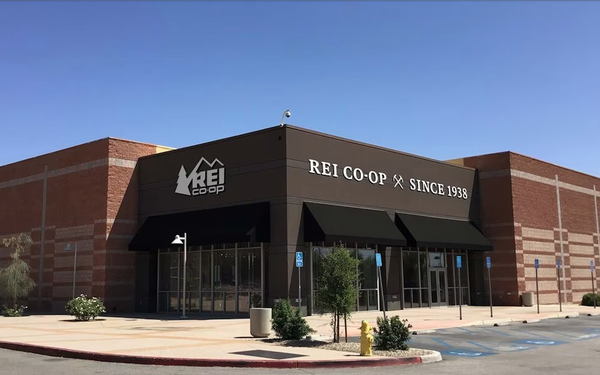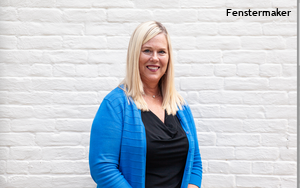retail
Retail Wrestles With Brand Experience
- by Sarah Mahoney @mahoney_sarah, January 25, 2024

Ecommerce growth rates have slowed and people are increasingly interested in physical stores. Retailers know they have to make their stores more engaging. And they understand they must excel at connecting real-life experiences to digital options. Michelle Fenstermaker, executive director, experience strategy at Landor, explains what retailers are up against, and why it’s hard to stand out.
Marketing Daily: When it comes to creating better and more differentiated experiences, what's on retailers’ minds right now?
Michelle Fenstermaker: I’m just back from the National Retail Federation’s Big Show, and stores are definitely not dead. Physical retail is alive and well. But that old word, “omnichannel,” has been replaced. Stores are now talking about unified commerce. Customers think about shopping. They don't see individual channels. They just know the brand they want and want to shop for it. So, the recipe for success is unifying online and offline.
advertisement
advertisement
And the ones who are doing the best are those that move beyond the functional and transactional into the emotional and experiential. They are asking themselves, "How can I use my physical footprint as a medium to start creating true brand connections? How can we make people want to spend time with our brands?"
Marketing Daily: Convenience is less of a focus?
Fenstermaker: Yes, because so many stores have already nailed that.
Marketing Daily: Which stores are doing this best?
Fenstermaker: We take our clients on these “experience expeditions” and visit a range of stores. Everybody talks about Apple, of course. And REI and Ikea. Some smaller brands that do well are Duluth Trading Co., and I love visiting Yeti stores. It's like walking into a hip bar that also happens to sell coolers.
Lululemon is an incredible example because while you can buy all their products there, that’s not why people go there – they want to take a yoga class or try meditation. They want to feel that lifestyle. The product is almost secondary.
Marketing Daily: How much does the digital component matter?
Fenstermaker: It depends on the category, and some stores have done so well with their apps. All the DIY stores -- Lowe’s, Home Depot, Ace -- are targeting the same people. But Home Depot’s app is so robust it lets you do so much online while you are in the store, right at the shelf level, that it stands out. The app doesn’t just help you browse, it enables you to buy, working right at the shelf level.

Marketing Daily: It’s easier for
stores to do that when they sell just one brand, like Apple. What about stores that sell many brands but still want to differentiate their experience?
Fenstermaker: It’s a question of shifting from a house of brands to a branded house. And that’s a challenge -- retailers often have very little governance over the many brands they sell, and it can even be like the Wild West in their stores. But the good ones do create their own brand, their own experience, that people can feel as soon as they walk in.
One of my favorite examples is Publix Supermarkets. It’s almost as if it has created a template with a structure that lets other brands express themselves, too. But it doesn’t seem disjointed.
But it’s interesting that more retailers are investing so heavily in their private-label brands as part of that desire to have more control over the store experience. Target is setting the gold standard.
Marketing Daily: Which stores are struggling with experience?
Fenstermaker: I wouldn’t say Kohl’s is struggling, exactly, but Kohl’s voice doesn’t come through. It’s as though it is owned by all the brands it sells. It’s not a lousy experience, but it is a non-distinct one.
Marketing Daily: It seems like every retailer is in the midst of some concept juggling, playing with smaller stores or bigger formats. Why?
Fenstermaker: They are learning from Amazon, which opens and closes new concepts all the time. They open something new, like Amazon Style, and then shut it down. They learned what they needed to learn. And more stores are experimenting with new concepts as part of their format strategy, looking at the ecosystem of touch points. Do they need more small pickup locations? Or big experiential stores?





Retail stores became vulnerable to e-commerce because their "experience" of basic services deteriorated. Retail stores still need to focus on the basics before trying to offer differentiated
"experiences". The basics are inventory neatly and conveniently organized, fresh selection of goods tailored to local market interests, sales associates with good attitude and product knowledge, competitive pricing that represents good value, and good service after the sale.